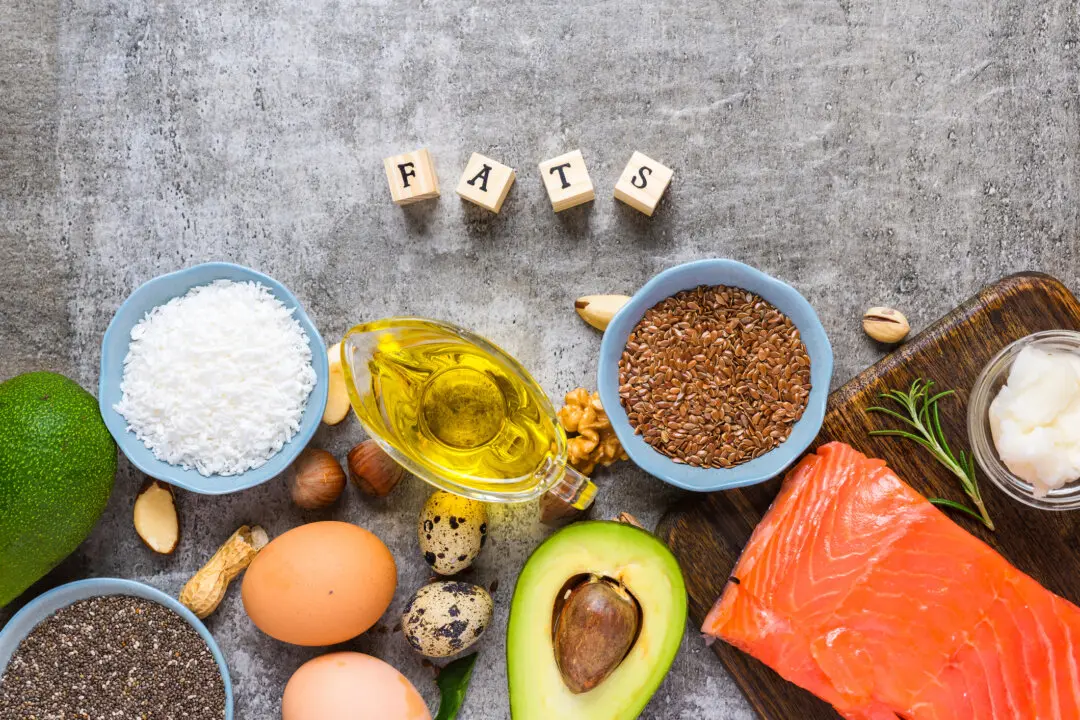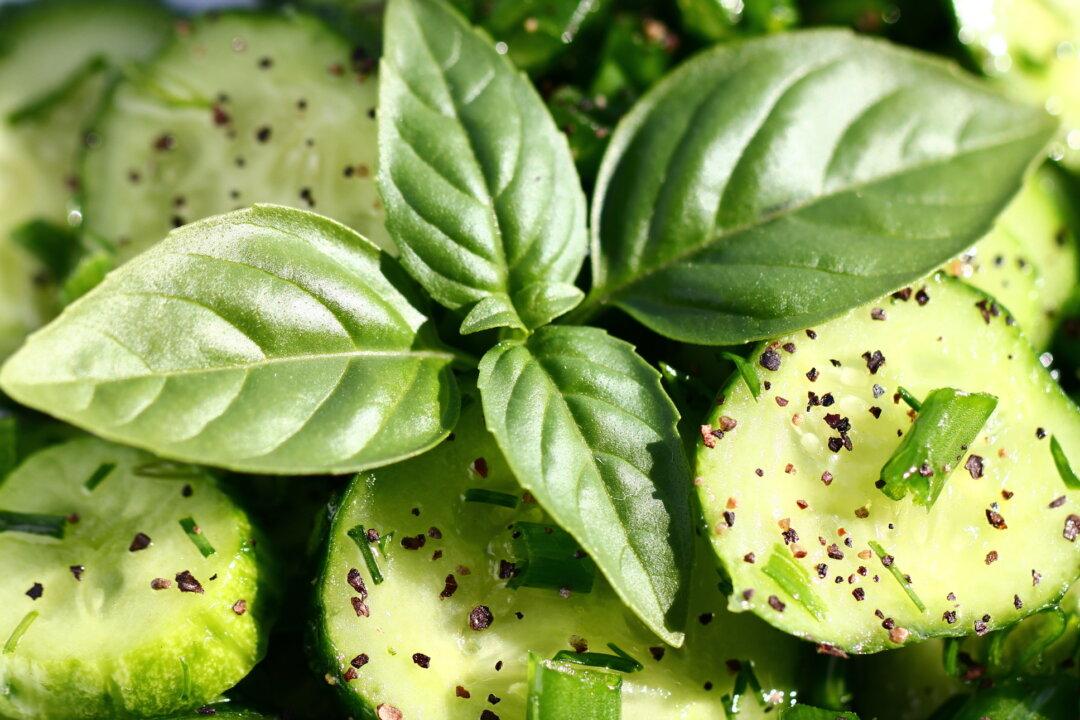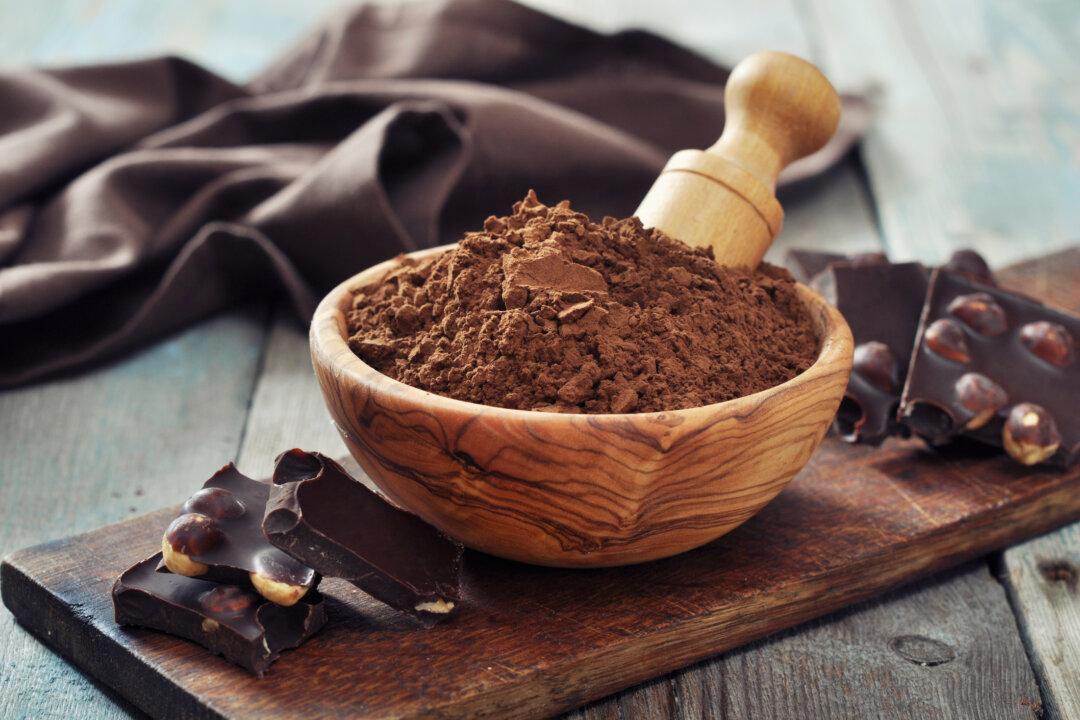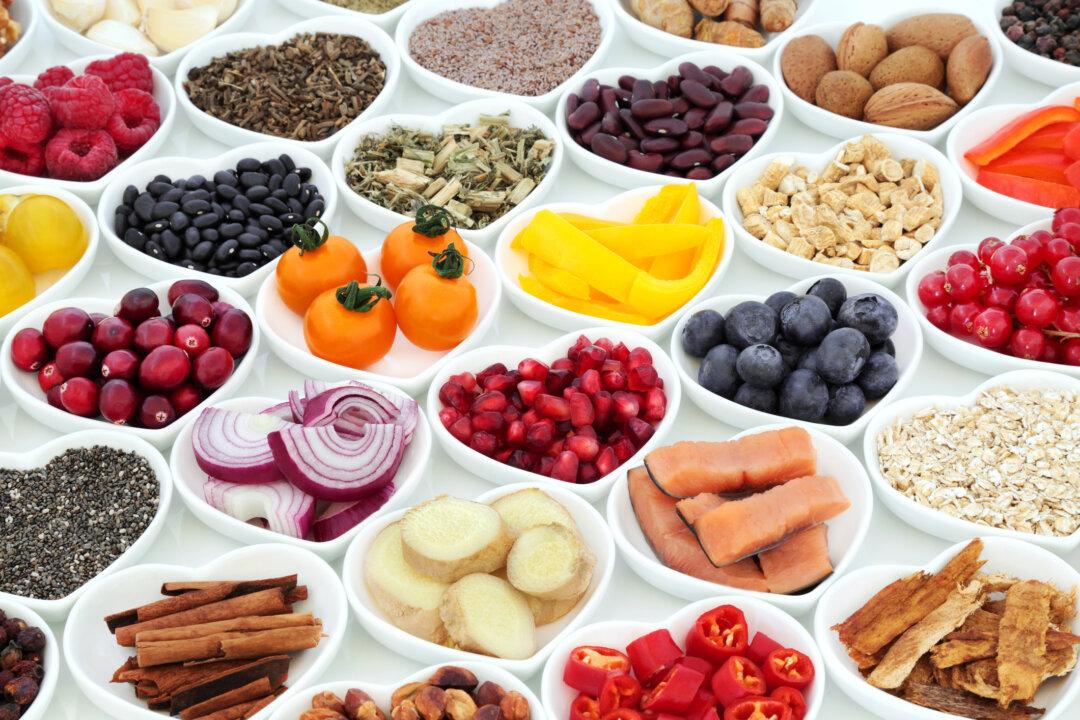Get the most out of your foods by choosing preparation and storage methods that preserve their vitamins, minerals and phytochemicals.
Fresh is best, frozen is next
Fresh, ripe produce in season will usually be highest in nutrients — but fruits and vegetables are needed year-round, even in the middle of winter. The U.S. Department of Agriculture indicates that freezing produce immediately after harvesting retains 95% to 100% of most vitamins and minerals, with the exception of vitamin C, which decreases by up to 30 percent in frozen produce. Keep several varieties of fruits and vegetables in your freezer so they’re always available.





